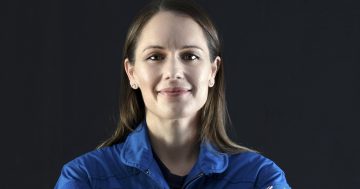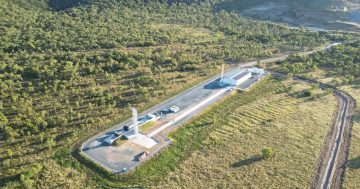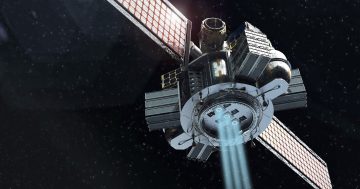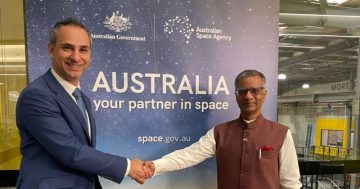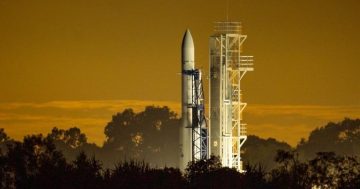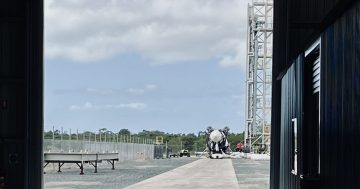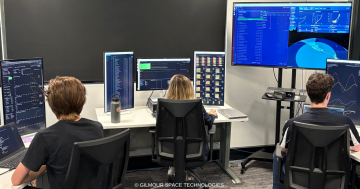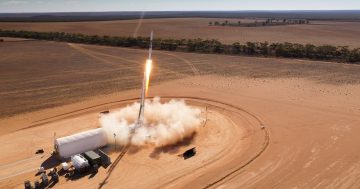Loren Grush* says NASA wants the low Earth orbit region of space to be dominated by commercial habitats.
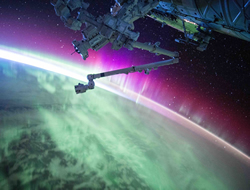
Photo: NASA on Unsplash
The private space industry is giving NASA some ideas on how to turn low Earth orbit — where the International Space Station circulates above our planet — into an area filled with commercial habitats and platforms for future space travellers.
Potentially, these “destinations” could be used as locations for in-space research and manufacturing to turn a profit.
But such a commercial utopia in orbit won’t be easy until the cost of launching to space comes down, says NASA.
Last week, NASA released short proposals from 12 commercial companies — such as Blue Origin, Lockheed Martin, Boeing, and more — on how to create a viable commercial economy in low Earth orbit (LEO).
NASA wanted these ideas from the private space industry in order to figure out the best way to eventually transition the operation of the US segment of the International Space Station (ISS) off of the space Agency’s dime.
In 2018, the US President’s budget request proposed ending direct government funding to the ISS by the end of 2024.
NASA has said that by then, it wants to transition its operations and the domain of low Earth orbit to the commercial space industry.
Ultimately, NASA still wants to have access to some kind of human space station in low Earth orbit, which will let the space Agency continue to conduct research in space.
Agency officials have said they would conceivably pay to have access to a commercially run habitat in the future.
The study summaries (released as a series of slides on NASA’s website) look at various ways commercial companies could take over operations in low Earth orbit.
Some companies, like Blue Origin and NanoRacks, are proposing building their own space stations out of the shells of rockets launched into orbit.
Others, like Axiom, call for launching commercial modules that would attach on to the ISS at first for a few years before breaking away to form separate, private stations.
The studies considered a wide range of business models, and proposed using these habitats as locations for filmmaking, sponsorships, sports, tourism, and more.
However, NASA noted that the high cost of transporting people and cargo to space could make it hard for commercial companies to enter this new economic arena.
The Agency suggested a way to help would be to provide more access to the ISS for companies, though NASA didn’t go into much detail about what that means.
For now, these studies are just concepts and NASA is not officially moving forward with any one method for commercialising low Earth orbit.
It’s also unclear exactly what NASA’s future plans are for the ISS and LEO in general.
Some lawmakers, such as Senator Ted Cruz, are trying to pass legislation that would ensure NASA continues operating the ISS through 2030.
So, the exact time frame for NASA moving out of this region of space is hazy, but commercial companies are at least starting to think up ways to make money off low-flying space habitats.
* Loren Grush is senior science reporter at The Verge and host of #VergeSpaceCraft. She tweets at @lorengrush.
This article first appeared at www.theverge.com.


